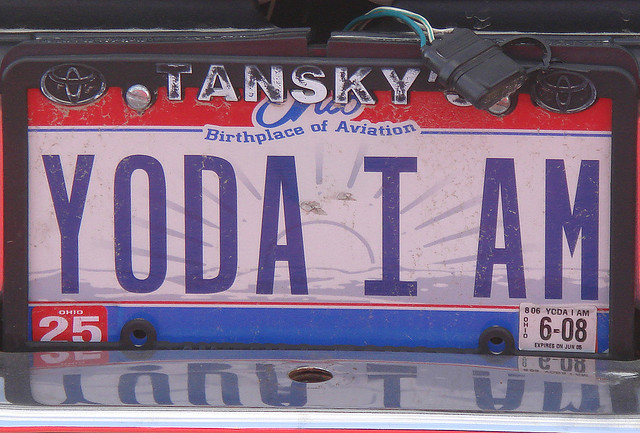What do educators even mean when they say, “I want students to own their learning” in our school? Think about the context of that statement for a moment. In our highly standardized curriculum and over-tested classroom environments, this statement is an admission of guilt. Students are predominantly consuming “our learning,” being force-fed to them whether they like it or not.
Scenario 1
Imagine telling a child on her birthday that it is her special day and that she can have a party with a special meal, games, and gifts. Then imagine planning the party based solely on healthy food, a low budget, and what is convenient for you, ignoring any of the many attributes that make her a unique and special child. So a meal is planned, making sure to include the proper daily amount of fruit and vegetables and avoiding salty and sweet foods. Children are invited that she does not really know well or play with. Activities and decorations are based on themes that she has no interest in at all. Gifts are chosen by asking a stranger working in the store what a 6 year old likes. In all aspects, the cheapest option is chosen.
No parent would ever do that!
Scenario 2
Instead they would start with a birthday theme around her interests: mermaids, princesses, or unicorns. They would make her favorite foods, balancing nutrition with her tastes. Her friends would come with personalized gifts that reflect her passions and hobbies. Maybe her parents would even plan a trip around something she loves because it is HER day, and HER party.
Reality in School
But isn’t the first option what school is like? Children need to learn required curriculum with a “balanced” intake of reading, writing, and math. Every student has to learn the same things, at the same time, sorted by age groups. They work with assigned groups on the same activities regardless of their personal interests or backgrounds. There is very little opportunity, in most schools, for students to “own” anything. It all comes in a one size fits all package from the district.
The same analogy about choice can be made for buying a house, a new car, or even clothes. When people “own” something they make choices, customize it to make theirs, and personalize it.
Voice and Choice
So if we want students to “own their own learning,” districts, administrators, and teachers need to give up some control and turn to student “voice and choice.” We don’t need to get students to “buy in” to something that they are not interested in (notice that this financial jargon implies that schools are “selling” something that students don’t want).
The first year of our wall to wall PBL school, the biology teacher did a project where students had to make a video on invasive species. A group of students approached him with a different idea. They had heard about a de-icing agent being used at our local airport which was ending up in the local stream. He let those students pursue this project instead of the video. The students went to the stream and did testing to prove the effects. They ended up getting more out of this project than any other group because they were allowed to explore their passions in biology.
Humans are naturally curious explorers of their world, and all children have things that they are passionate about. If we ever want students to “own school”, we have to give them the power to control some aspects of it and pursue their interests. Students will never own the learning unless we let them make it theirs.

